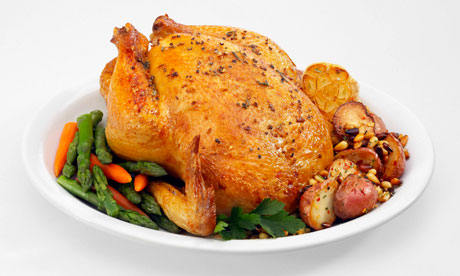As this is the final post (for now!) and Edward Lear has not yet made an appearance, take a look at this nonsense poem of his:
Mrs Jaypher found a wafer
Which she stuck upon a note;
This she took and gave to the cook.
Then she went and bought a boat
Which she paddled down the stream
Shouting, 'Ice produces cream,
Beer when churned produces butter!
Henceforth all the words I utter
Henceforth all the words I utter
Distance ages thus shall note -
From the Jaypher Wisdom-Boat.' (448)
https://blogger.googleusercontent.com/img/b/R29vZ2xl/AVvXsEh2rQLrvCilAVAwqNPZbLETol02Gk3eZ9O-DJOj5YHTfkzT04CLCrIMXIPBTQltdcwiXbdvl4J0yTJt5XPk1e_BrUDtodcWqt1Sv6X2yXgutIX1A3Sw419evyc-2sonzUTegps1THoHtAY/s1600/wafer+cookies.jpg
The link between food and home is clear: Mrs Japher finds this biscuit and immediately takes it to her cook upon a note. It brings us a sense of the relationship between staff and house-owner in the Victorian times and, inevitably, the trust they place on each other to maintain the smooth flow of the household. However, it subsequently shows the distrust of each other: if we assume that the note is about food (because it was given to the cook on a biscuit) then this displays the lack of faith that Mrs Japher has in her cook's abilities. Why can a hired cook not be knowledgeable enough for Mrs Japher? This "fear" of staff and the threat they place upon a household is touched on by Mrs Beeton in her chapter "Domestic Servants," where she asserts that even the best treatment of house servants will only result in a tolerable staff member:
"The sensible master and kind mistress know, that if servants depend on them for their mean of living, in turn they are dependent on their servants ... and that, with a proper amount of care ... and treating them like human beings ... they will ... be tolerably well served." (392)
Do Mrs Japher's eccentric ideas about food that emerge from her "Wisdom-Boat" make sense? Does beer produce butter when churned? No. But, reading Lear's nonsense poem about food provides great entertainment for us when we are sat in an armchair at home, dipping digestive biscuits into a tea with milk and one sugar... (after this blog you wouldn't want to sweeten it too much!) The poem itself provides entertainment and therefore comfort and projects it onto us, instead of a character contained within the writing.
This project as a whole has looked at how the novels and poems of the Victorian era have conveyed the sweet foods as an extension of safety, comfort and homeliness. It is true that a feast of goodies lets us imagine a sense of warmth and comfort, and inversely a lack of such things will make us readers think of neglect and cold. What I believe this relationship reduces down to is a whole concept of comfort food: the association with taste and home combined with the satisfaction and safety of eating. It has become an intrinsic value of food to provide health and happiness, then from there has spread to incorporate social functions and therefore social competition. This has led to progression of food and has produced much of what we eat today.
Thank you for following this blog so far and keep posted for more writing in the near future. Now go and feast!
http://static2.beanscdn.co.uk/modules/ems-v2/article/featured/Wonka-Bar-wonka-candy-642457_500_395.jpg.jpg
Bibliography
Beeton, Isabella. Household Management. Oxford: Oxford World Classics, 2000. Print.
Lear, Edward. The Complete Nonsense and Other Verse. London: Penguin Classics. 2006. Print.





















